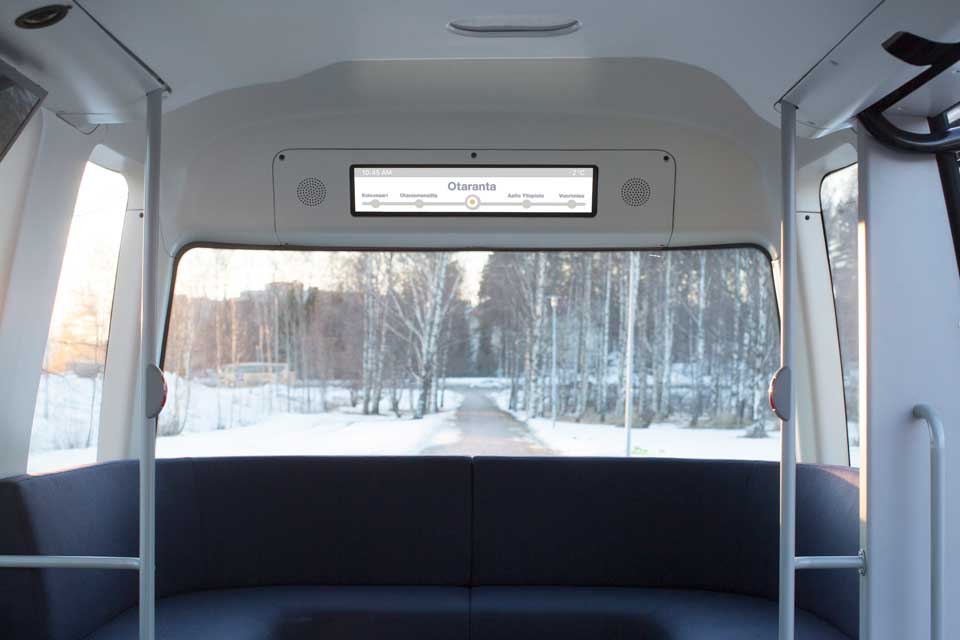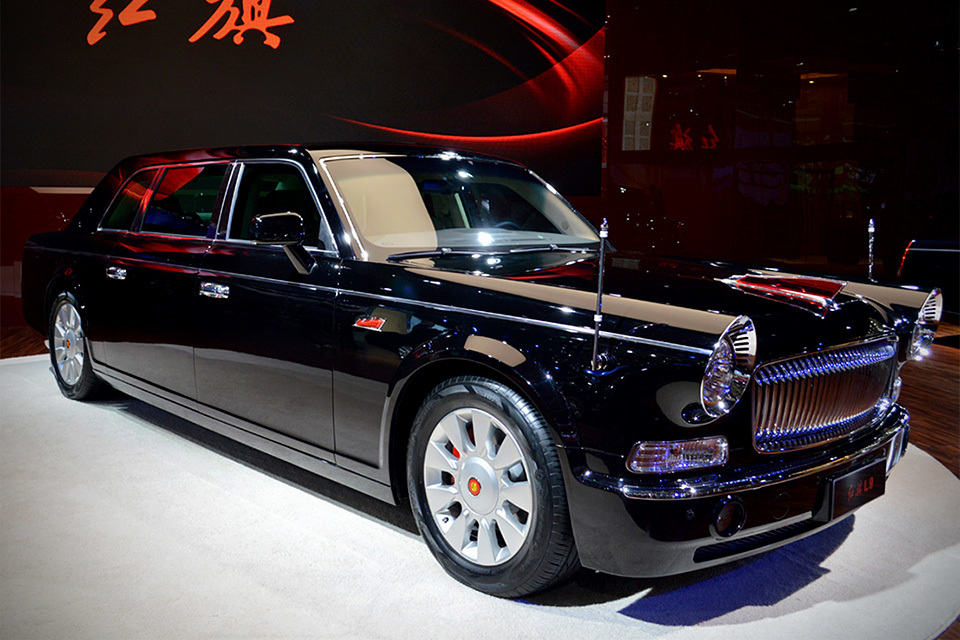We just reported on the world’s first full-size self-driving electric bus in Singapore and now, we hear that there’s a new LiDAR technology, one of the key components in self-driving technology, that could function in extreme cold. A tropical country like Singapore, most electronics shouldn’t have any issue, but in a country like Finland with insane freezing temperature? Probably not. This is where Chinese company RoboSense’s cold-resistant, all-weather LiDAR comes in.
RoboSense’s advanced cold-resistant 16-beam mechanical LiDAR environment perception system allows autonomous vehicle, such as the GACHA autonomous shuttle bus robo-taxi, to operate in harsh winter and other severe weather conditions. GACHA is a self-driving shuttle bus designed in collaboration with Finnish autonomous driving company Sensible 4, Japanese lifestyle brand Muji and RoboSense. Sensible 4 is responsible for the software aspect, including positioning, navigation, and obstacle detection, while Muji look after design and user experience.
“Environment perception is a huge task facing autonomous vehicle providers who require operation in all-weather conditions. Under extreme weather conditions, the performance of critical sensors, such as LiDARs and cameras, are severely impacted. Low temperatures, such as those in Finland, where winter temperatures can reach as low as -30°C (-22°F), can incapacitate the performance of semiconductor components, while snow and ice covered roads essentially cripple the image algorithms’ ability to determine abstract environment information. In addition, on an extremely cold day, the motor of a multi-layered LiDAR might not even start-up, as well as causing detection accuracy and ranging performance to be diminished. Under these circumstances, RoboSense’s new cold-resistant LiDAR is essential.”
With RoboSense’s cold-resistant LiDAR, which can operate even at freezing temperatures “of tens of Celsius degrees below zero,” it “sees” the environment in 3D by emitting and receiving laser pulses, and with point cloud algorithms, it can accurately recognize obstacles even in snow and ice. With this new LiDAR technology, GACHA is confident in deploying its robot bus fleet in Finland, as well as abroad. Here’s something on the GACHA Shuttle Bus:
“Aside from its all-weather capabilities, Muji’s design also differentiates GACHA from similar projects, in particular the vehicle’s lack of a front or rear. The interior seating follows the soft rounded square shape of the bus, creating more space for passengers while the LED light belt serves as both headlights and an external communication screen. Inspiration for the design came from a toy capsule, a universal shape that embodies joy and excitement, bringing peace and happiness to those who encounter it.”
GACHA is powered by a four-wheel drive powertrain, does 40 km/h (25 mph) autonomously, and has over a hundred kilometers range (62 miles). On the inside, it has beautifully designed seats with further standing space for six. The low slung design is to enable easy access for people with limited mobility. Perhaps, most importantly, GACHA works in extreme cold. GACHA is officially launched in Helsinki, Finland on March 8, 2019.
Pilots are expected to happen in Finnish cities of Espoo, Hämeenlinna, Vantaa and Helsinki, with first international’s test-drive and the development of the first GACHA fleet to happen this year. 2020 and beyond, GACHA fleet will begin pre-commercial operation in select cities in Europe and other countries. Further plans in 2021 include establishing first permanent commercial operations, integration within local public transportation systems and of course, industrial production of the vehicles.
You can learn more about GACHA bus in this short animation by Muji found on this webpage HERE.
All images courtesy of Sensible 4.










